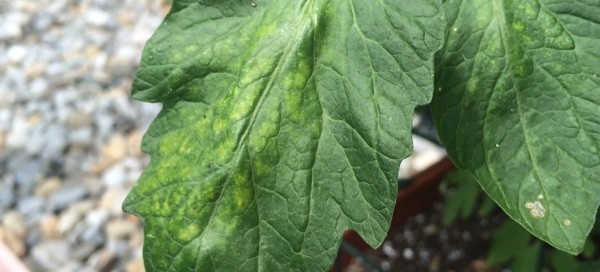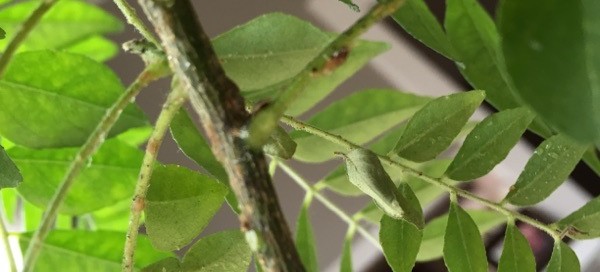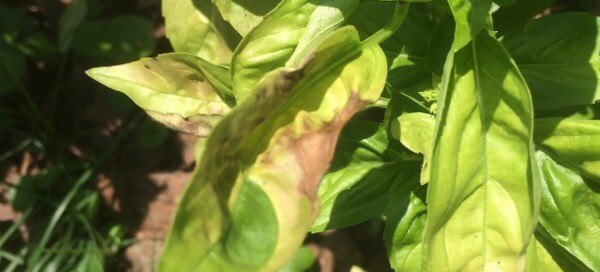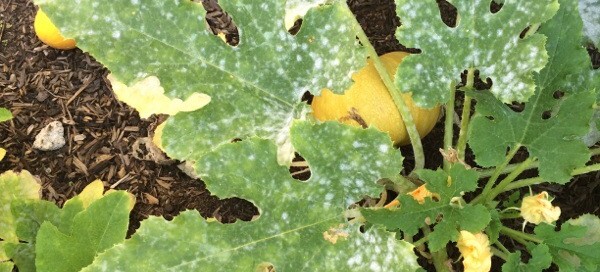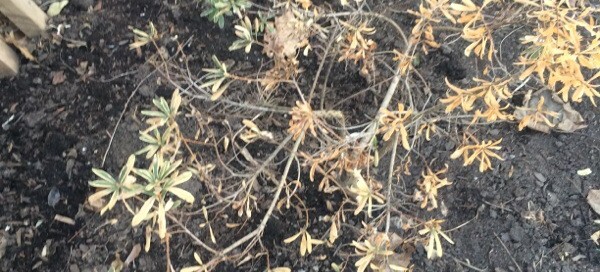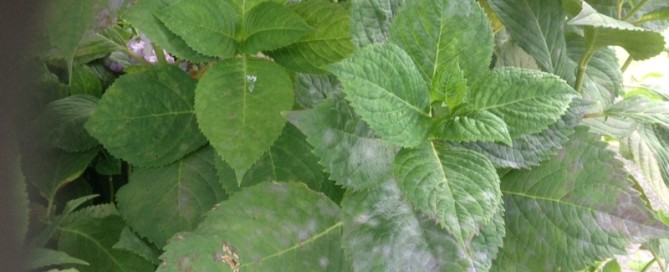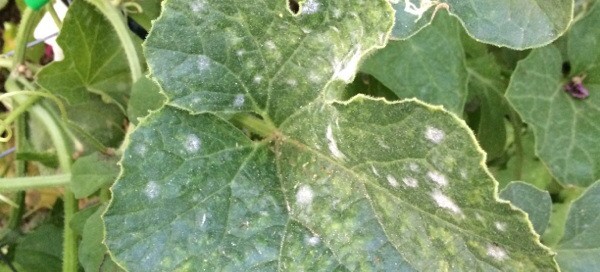Kangaroo Fern
We are not certain, but this might be in the kangaroo fern group. Excellent fern for a window with indirect light. In a plastic pot this shouldn't need water more than once a week. Watch out for scale insects, which unfortunately look a lot like the spores that this plant produces. The good news is that they appear more on the stems and never in regular patterns on the leaves, like the spores do.
Keep this plant evenly moist - if it isn't root bound a through, once-a-week soaking should be fine. Like most plants, don't let the pot sit in a saucer of water longer than a couple of hours but don't be stingy with the water because you're afraid of water draining into the saucer. You'll need to have water drain out if the plant is being well watered.
Grow this fern in a bright location - filtered sun, or morning sun is perfect, or a few feet away from a Southern or Western window.
Be sure to repot in a larger container when the plant is root bound - tip it out of the pot and if you see a congestion of roots, it's time to upgrade! Only put soil in the pot - no rocks, shards or other debris, no matter what your mother/neighbor told you ;-)
Fertilize regularly according to directions - only after watering the plant well, however. Never fertilize a thirsty plant.


